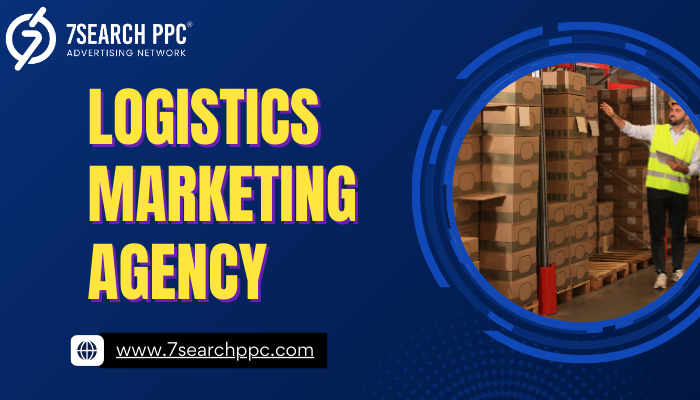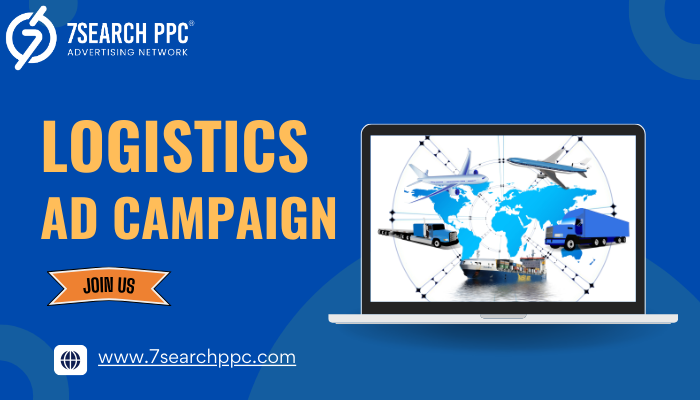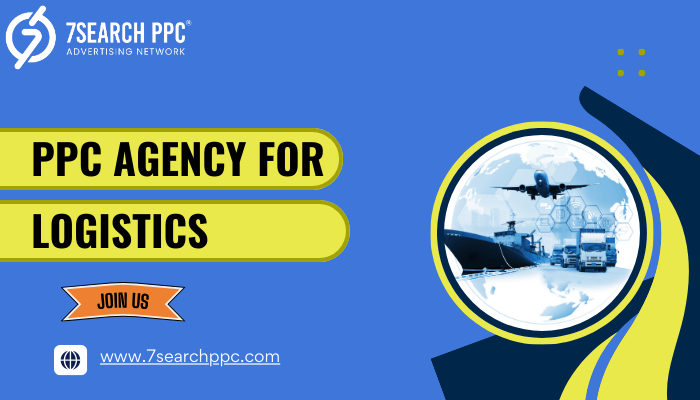What Are the Best Logistics Advertising Ideas Techniques?
Logistics advertising is essential for businesses in the logistics and transportation industry to build brand awareness, attract clients, and stay competitive. To create an impactful advertising campaign, you need to employ innovative ideas and techniques that resonate with your target audience. Here are some of the best logistics advertising ideas and techniques to help you achieve your marketing goals.

Leverage Digital Advertising Platforms
In today's digital age, online platforms offer extensive reach and precise targeting capabilities, making them ideal for logistics advertising. Utilize platforms like Google Ads, LinkedIn Ads, and Facebook Ads to reach decision-makers in industries that require logistics services. Digital advertising allows you to target specific demographics, industries, and even job titles, ensuring that your ads are seen by the right people.
Create Engaging Video Content
Video content is a powerful tool for storytelling and showcasing your logistics services in action. Develop engaging video ads that highlight your company's capabilities, such as your fleet, technology, and expertise in handling complex logistics challenges. Video content can be shared on social media, embedded on your website, or used in email marketing campaigns. Consider using customer testimonials or case studies in your videos to build credibility and trust.
Implement Retargeting Strategies
Retargeting is an effective technique to re-engage potential clients who have previously interacted with your brand but haven't yet converted. By placing a retargeting pixel on your website, you can serve targeted ads to users as they browse other sites or social media platforms. Retargeting helps keep your logistics services top of mind and can lead to higher conversion rates.
Invest in Search Engine Optimization (SEO)
A strong online presence is crucial for attracting clients in the logistics industry. Invest in SEO to ensure that your website ranks highly in search engine results for relevant keywords, such as "logistics services," "freight forwarding," or "supply chain management." By optimizing your website content, meta tags, and blog posts, you can drive organic traffic to your site and generate more leads.
Utilize Content Marketing
Content marketing is an excellent way to establish your company as a thought leader in the logistics industry. Create valuable content, such as blog posts, whitepapers, and industry reports, that addresses the pain points and challenges faced by your target audience. By providing insights and solutions, you can build trust and attract potential clients. Share your content through your website, social media channels, and email newsletters to reach a broader audience.
Participate in Industry Events and Trade Shows
Industry events and trade shows are prime opportunities to showcase your logistics services and network with potential clients. Consider sponsoring events, setting up a booth, or hosting a workshop to increase your visibility. Additionally, use these events as opportunities to gather leads and build relationships with decision-makers in your target industries.
Focus on Local SEO and Google My Business
If your logistics services cater to specific regions or cities, local SEO should be a key component of your advertising strategy. Optimize your website and content for local keywords and ensure your business is listed on Google My Business. Encourage satisfied clients to leave positive reviews, as this can boost your visibility in local search results and attract more local clients.
Run Targeted Email Marketing Campaigns
Email marketing remains one of the most effective ways to reach decision-makers in the logistics industry. Develop targeted logistics ad campaigns that offer valuable information, such as industry insights, service updates, or special promotions. Segment your email list based on factors like industry, company size, or location to ensure your messages are relevant to each recipient. Personalization is key to increasing engagement and conversion rates.
Conclusion
Improving your logistics advertising efforts requires a combination of innovative ideas, targeted strategies, and consistent optimization. By leveraging digital platforms, creating engaging content, focusing on SEO, and utilizing data-driven techniques, you can build a robust advertising campaign that drives results. Remember, the logistics industry is dynamic, so staying agile and adapting to new trends and technologies is key to maintaining a competitive edge.












